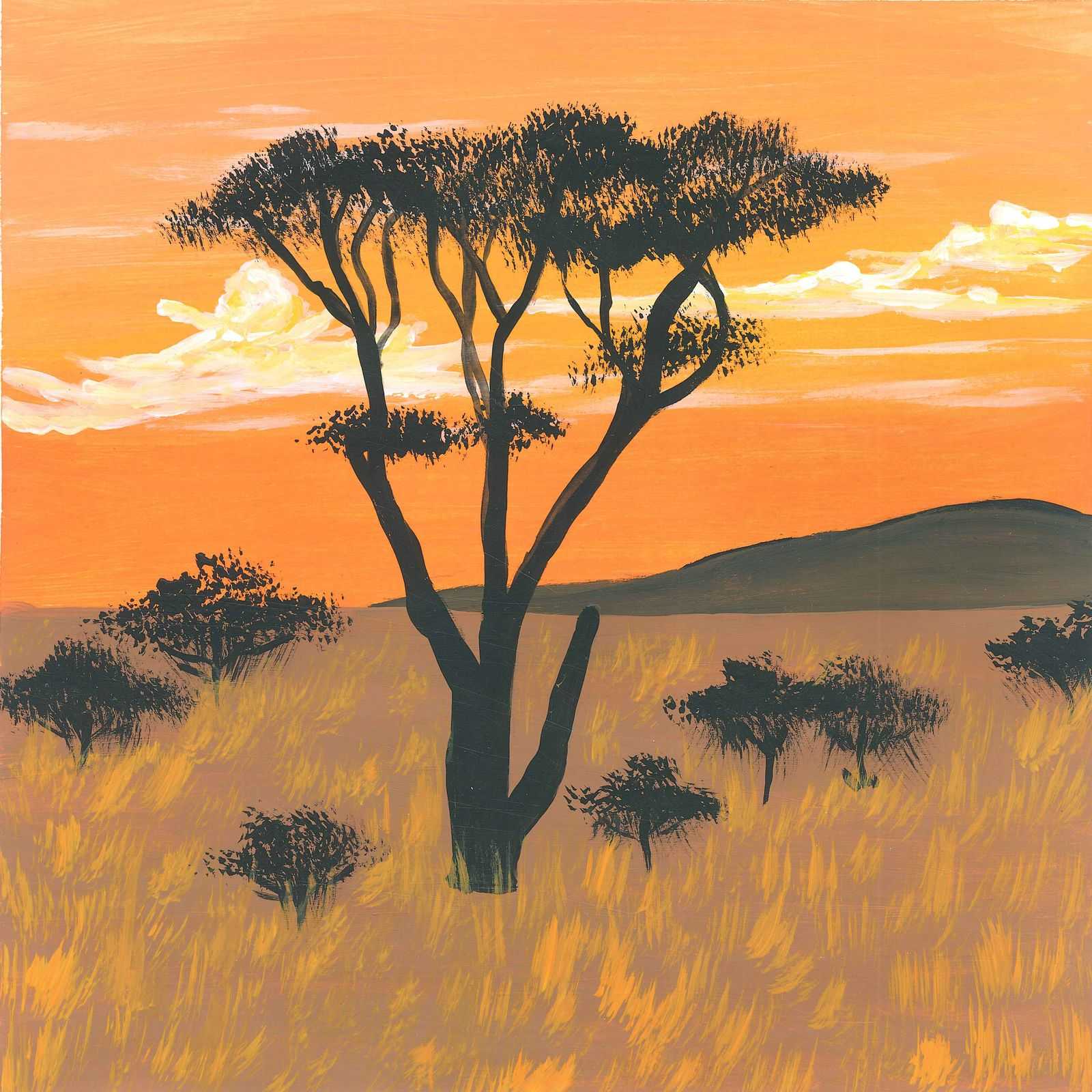
Mallee Dawn in Spring
Gluepot Reserve is part of the largest block of intact arid mallee left in Australia and so the viability of threatened bird populations and other flora and fauna is high. Six nationally threatened bird species can be found on Gluepot Reserve and a further 17 regionally threatened bird species. In all, 190 bird species have been recorded thus far. Gluepot Reserve has a diversity of vegetation communities which support important wildlife other than birds. Reptiles are particularly abundant with 50 species located so far. Four species of frog have been identified, appearing only during the brief wet season. As in other areas, invertebrates dominate both the terrestrial and aquatic faunas of the mallee in terms of numbers of individuals, numbers of species and biomass. For example, over 150 species of ant, a dominant mallee group, have been found in a 50m x 50m square over one year.
Gluepot’s climate is relatively dry. Average rainfall around 200 – 250 mm and is characterised usually by short wet winters (April – August) followed by long hot dry summers. The dominant land forms are a dune/swale system – low east west “red” sand dunes with heavier clay soils in the swales between the dunes. This system is a legacy of a drier Geological time when the dunes were mobile. Dunes on Gluepot are now all vegetated. There are also areas of heavier clay soils which can become boggy after significant rain. (significant on Gluepot is anything above 25mm rain.) Hence the name “Gluepot”. The entire Reserve is underlain by extensive limestone layers, a legacy of past Geological times when the area was under shallow seas. Soils are generally alkaline.
Vegetation on Gluepot varies according to soil types. However, the dominant vegetation on Gluepot consists of mallee woodlands. Mallee is a relatively small (up to 7 meters) multi-stemmed eucalyptus. The word “Mallee” is believed to be of Indigenous derivation probably from Western Victoria and has been taken from the Indigenous name for this type of eucalyptus. Mallee is characterised by its lack of a main trunk and large underground lignotuber or “mallee root”. The species is generally slow growing and the wood hard. It was used extensively by early settlers for firewood. There are six major species of mallee on Gluepot.
